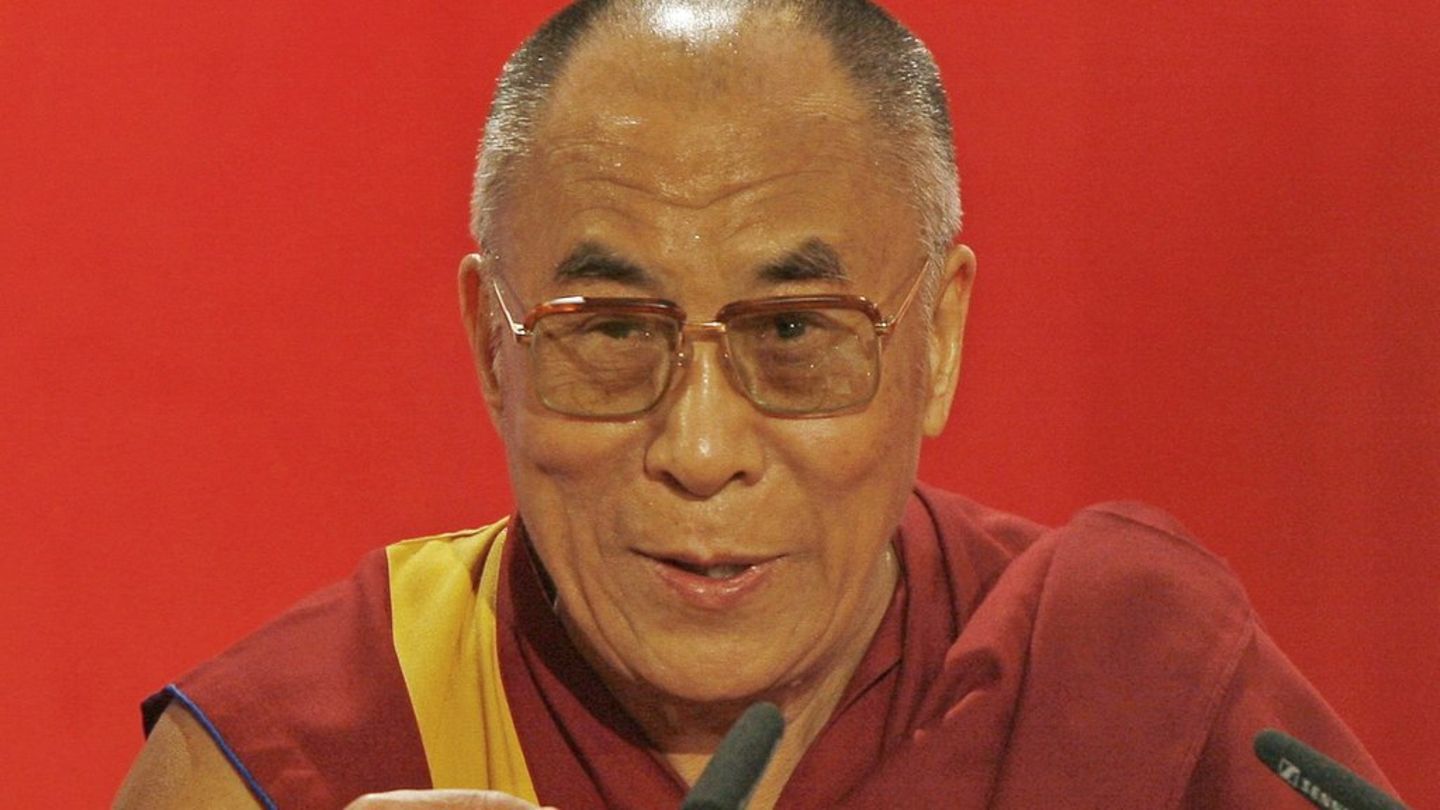Among the issues on the current international agenda, one of the hottest is undoubtedly the struggle for control of global value chains in high-tech industries. In this area, the Western powers, the United States and European countries -considering Russia within Europe- have prevailed for a long time, supported by their greater capacities for innovation.
But since the beginning of the current century, China has become an emergent that disputes that power; At present, it has its own wealth of knowledge, gained mainly based on technology transfer. In this scenario, today the iphone It would be a link, a factor of communion for these opposing poles to stop (or at least delay) the war and the total disconnection of their economic relations.
A global value chain implies a significant number of economic, commercial and logistical activities that give particular power to those who manage these activities. This power, within a model highly supported by “irons”, was mainly in the hands of United States, Great Britain, France, Germany, etc from dominating the production of technology, the sources of raw materials, the seas (with their naval fleets), banking, insurance companies and ports. China managed in the first years of the 21st century to match its power in most of these arenas: let’s see how it happened in technology.
The learning in technologies that China was acquiring since the 1980s helped the Chinese giant to appropriate a large portion of the value generated by the Digital Revolution, positioning it in just 20 years as a pre-eminent technological player. Thus, in two decades it went from being a nation without significance in the generation of innovation (it presented very few patents) to leading intellectual property applications in 2021, to being number one.
This situation allowed the Asian giant to first offer its market as trade off to the transfer of technology from the West in order to later market their own products with high levels of quality and very low prices -as is the case of Huawei with its offer of equipment for 5G networks.
In that growth, China has also consolidated a very significant place in industrial networks, occupying various roles and developing all levels of capabilities. Today its economy can assemble for other latitudes and in turn can create, develop and produce its own high-quality equipment.
For the high-tech industry, the urgent need to have semiconductors gives Taiwan -global chip supplier, exclusive node of the production chains- a high geopolitical and economic value, a highly interesting target for those who require the most complex and advanced. Taiwan provides microchips to the United States but also to China.
In this scenario, triangulations between the three economies and close ties are generated. Such is the case of the production of the Apple iPhone, where some 1,500 components are involved: 26% of them are manufactured in China (processors, casings), 23% in Taiwan (such as the microchips produced by TSMC, processors, antennas, Wi-Fi connection, cameras) and 18% in the United States (including Qualcomm microchip designs, Micron flash drives, touchscreen controllers, etc.). Finally, one of the main assemblers is located in Shenzhen, China: It is the Taiwanese firm Foxcomm.
If we think linearly, the United States, in order to maintain its power and from its influence over Taiwan, could demand that the Taiwanese not sell a single more semiconductor to China or operate in its territory, and therefore China would have problems producing (and/or assemble) high technology. This situation would harm the significant universe of North American firms based in China and/or those that operate on its behalf, such as the aforementioned Foxcomm.
Following this simplified way of looking at things, China could invade Taiwan, seize the semiconductor production complex, and cut off all high-tech production from (and for) the West. That is, the United States, Europe and Japan would not have the most advanced microchips. Everything for the Chinese, except for the western markets where they place most of their local production, such as the iPhones that are assembled in Shenzhen.
But in international relations, nothing is ever linear: countries are moved by permanent interests, rather than by the logic of friend-enemy, and therefore agreements and negotiations are valued, beyond current tensions. The United States (its companies in particular) continues to benefit from its trade and economic relations with China, despite the perceived threat of loss of leadership in the fields of high technology.. Just point out that iPhone sales in China represent 10% of Apple’s total global revenue; that China is currently the fourth largest trading partner of the United States, the fourth market for North American exports, representing 152 billion dollars and the first source of imports, for a value three times higher (505.3 billion dollars).
While China still needs the transfer of North American technology to operate in strategic areas, such as the defense industry, telecommunications and mainly the semiconductor industry. It is also relevant that it maintains its commercial expansion beyond its borders, where today the United States and Europe are its main markets.
So while geopolitics push to break value chains, targeting Taiwan and semiconductors, there are still plenty of smartphones to sell in China, and China is still a long way from replacing China’s production of next-generation microchips. TSMC. The option remains to finally invade Taiwan and reintegrate the “rogue province.” But it is not the style of the Chinese Communist Party, more launched to the conquest by the trade side, as it is doing all over the world.
On the other side, the United States will continue to watch its rival with its Seventh Fleet deployed in the Indo-Pacific and protect its businesses, beyond any conjecture of decoupling (disconnection) with respect to China. Without neglecting, beyond the physical space, its technological leadership.
Analyst of international economic relations, technology and geopolitics. Author of the book “5G, The Technological War of the Century”.
Source: Ambito
David William is a talented author who has made a name for himself in the world of writing. He is a professional author who writes on a wide range of topics, from general interest to opinion news. David is currently working as a writer at 24 hours worlds where he brings his unique perspective and in-depth research to his articles, making them both informative and engaging.




